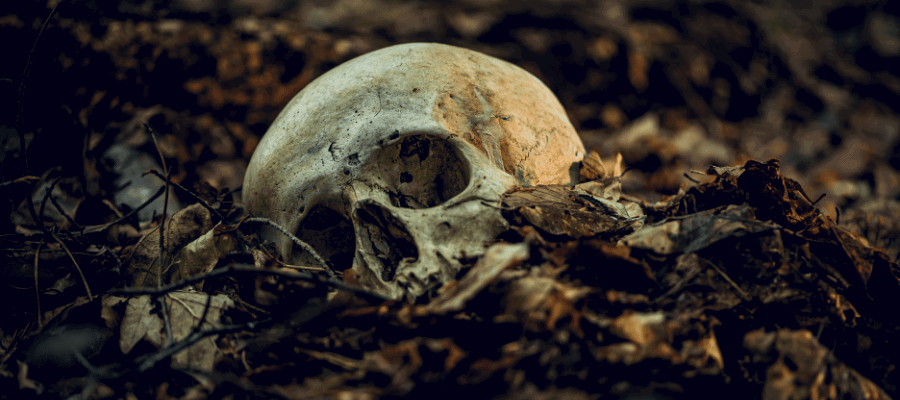Services > Specialist Forensic Service > Forensic Anthropology
Forensic Anthropology
See also:
Forensic Archaeology
Spatial Analysis and Mapping Service
UAVs
Walkover Survey
Archaeological Excavation
3D Crime Scene Modelling
Diatoms
3D Digital Body Reconstruction
Entomology
Soil Botany Pollen
Bones ID

Establishing the identity of a deceased person is key to Coronial and criminal investigations. Forensic Anthropologists are experts in human skeletal anatomy and evidence that can be determined from the skeleton or individual bones to assist in investigations (usually Police or Coroners cases). Early involvement of Cellmark's Forensic Anthropologists at scene and post-mortem examination are especially important for cases involving decomposed, burnt and skeletalised remains. These examinations can be at a scene, mortuary or laboratory.
They provide opinion on whether remains are human or non-human, how complete the remains are, and provide information to assist with identification. This is often used when primary identification methods (fingerprints, DNA, odontology) cannot be utilised. Forensic Anthropologists are also specialists in the recognition and interpretation of traumatic injury on bone and often work with forensic pathologists and other experts to interpret the circumstances surrounding a death.
We can assist with:
- Comprehensive examination at the scene to ensure maximum recovery of remains.
- Post-mortem examination to provide a biological profile (age, sex, living stature, ancestry and individual features including previous diseases and injuries).
- Generates accurate information for media appeals and narrowing parameters for searching missing person databases.
- Ensure that the most appropriate sample for DNA analysis is recovered.
- Advise on numerous methods to assist identification, such as isotope analysis and ethnic inference (DNA) to help understand geographic origin and subsequent movement whilst alive.
- Cold-case reviews to assess whether all opportunities for information relating to identity have been exploited.
We are frequently asked if bones or fragments of bone are human and if they are likely to be of recent origin, and therefore of potential interest to the police. To expedite the process you can now simply send us photographs for a quick opinion.
Some injuries not only impact on the soft tissues of the body, but also the skeleton. Where soft tissue is not present or significantly altered (decomposed or burnt) analysis of the skeleton may be the only opportunity to understand any injuries sustained by the deceased. The smallest fracture or nick to a bone may provide vital information about the circumstances leading to the death.
- Identify injuries in burnt, decomposed, fragmented, disrupted or skeletalised human remains
- Identify microscopic indicators of injury
- Reconstruction of fragmented remains to enable comprehensive injury interpretation
- Interpret the probable mechanism of injury, including direction of force and the sequence of injuries
- Determining whether injuries were sustained around the time of death (peri-mortem) and, therefore, whether they may have contributed to death
- Determining whether injuries occurred before death (ante-mortem)
- Determining whether damage occurred after death (post-mortem), e.g did damage to burnt remains represent traumatic injury or the effect of a fire after death
Dismemberment is the act of forcefully separating a body into sections. In a criminal context, this is often to aid disposal or concealment of a body. The act of dismemberment usually causes traumatic injuries to the skeleton and Forensic Anthropologists are uniquely qualified to:
- Recognise fragmentary body parts associated with the act of dismemberment
- Accurately record the location, direction and mechanism of injuries associated with dismemberment
- Identify the number of locations on the body, parts of the body impacted, the number of injuries (usually cut marks) at each location
- Interpret the injuries to provide a narrative regarding the act of dismemberment
- Provide information on which parts of the skeleton (therefore body parts) are missing, including very small fragments
- Contribute to strategies for searches and exhibit examinations: identifying bone fragments at scenes or on exhibits can indicate association to the dismemberment
